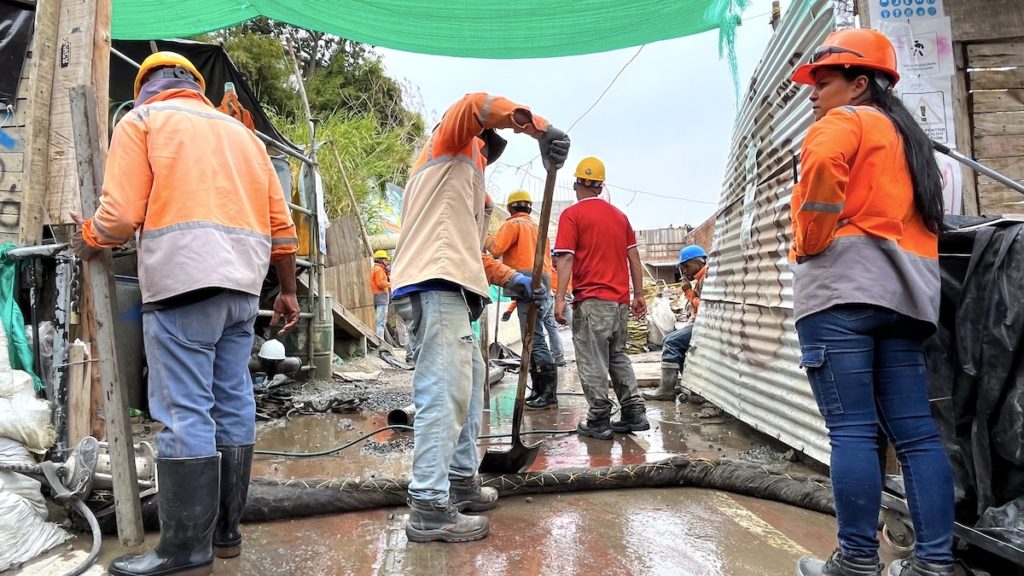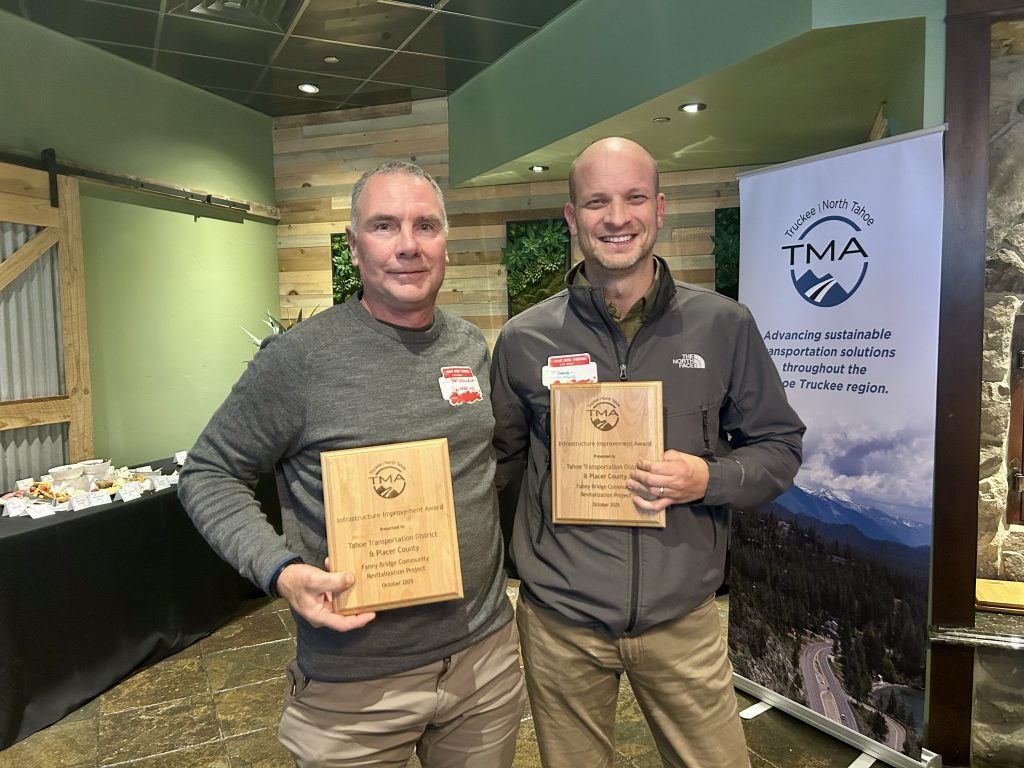500 Global Taps UN SDG Architect, Dr. Alaa Murabit, to Launch Firm’s New Offerings in Sustainable Growth – Silicon UK

Report on 500 Global’s Strategic Appointment to Advance Sustainable Development Goals
Executive Summary
The venture capital firm 500 Global has appointed Dr. Alaa Murabit as Managing Partner of Sustainable Growth. This new practice is mandated to accelerate economic resilience in frontier and emerging markets by mobilizing capital and capabilities. The initiative places a significant emphasis on aligning investment strategies with the United Nations Sustainable Development Goals (SDGs), particularly in the areas of climate, health, and human development.
Appointment and Strategic Mandate
Appointment of Dr. Alaa Murabit
Dr. Alaa Murabit has been appointed to lead the firm’s new Sustainable Growth practice. Based in Abu Dhabi, her leadership signals a strategic focus on integrating sustainable development into the core of venture capital investment in emerging markets.
Mandate of the Sustainable Growth Practice
The primary objective of the practice is to foster sustainable economic outcomes through a series of targeted initiatives. The mandate includes:
- Accelerating economic resilience in frontier and emerging markets.
- Creating financing strategies, educational programs, and advisory platforms.
- Mobilizing and combining public, private, and philanthropic capital.
- Serving as a catalytic engine for inclusive growth and long-term development impact, directly supporting national priorities and the SDGs.
Core Focus on Sustainable Development Goals (SDGs)
Foundational Link to the SDGs
Dr. Murabit’s appointment brings profound expertise in sustainable development, underscored by her pivotal role in the original creation of the United Nations Sustainable Development Goals. Her leadership is expected to embed the principles of the SDGs into the firm’s investment thesis and operational strategies.
Strategic Alignment with Key SDGs
The Sustainable Growth practice is structured to directly address several key SDGs:
- SDG 3 (Good Health and Well-being): The practice will leverage capital for health development, informed by Dr. Murabit’s experience directing a global portfolio in maternal and child health at the Gates Foundation.
- SDG 8 (Decent Work and Economic Growth): By fostering innovation and co-creating localized venture capital infrastructure, the initiative aims to drive inclusive economic growth and national development.
- SDG 9 (Industry, Innovation and Infrastructure): The focus is on building resilient innovation infrastructure in emerging markets to address local challenges and scale solutions globally.
- SDG 13 (Climate Action): A central goal is to mobilize capital to address climate shocks and enhance climate resilience in vulnerable regions.
- SDG 17 (Partnerships for the Goals): The strategy relies heavily on forming public-private partnerships with governments, sovereign funds, development finance institutions, and philanthropies to achieve shared development objectives.
Strategic Initiatives and Market Focus
Shift to Long-Term, Blended Finance Models
The initiative marks a strategic shift from fragmented, short-cycle investments toward long-term value creation. This is achieved by de-risking investment and innovation through blended finance models that equitably share risk and align capital with sustainable outcomes.
Public-Private Partnerships and Ecosystem Development
500 Global will expand its work with national allocators, such as Georgia’s Information and Technology Agency and Saudi Arabia’s Sanabil Investments, to co-create venture capital ecosystems. This collaborative approach ensures that investments are aligned with national development priorities and contribute to achieving the SDGs.
Focus on “Rise Economies”
The firm’s 2023 Rise Report identified 30 large, fast-growing economies (e.g., Mexico, Egypt, Saudi Arabia, India) with significant potential for venture ecosystem growth. The Sustainable Growth practice will concentrate on these markets to close funding gaps and accelerate economic resilience in line with the SDGs.
Leadership Profile: Dr. Alaa Murabit
Expertise and Experience
Dr. Murabit is a globally recognized leader with extensive experience directly relevant to the SDGs:
- An expert in health, climate, sustainable development, and inclusive security with policy impact across more than 193 countries.
- Instrumental in the creation of the United Nations Sustainable Development Goals.
- Proven track record of mobilizing over $25 billion in financing for global health, sustainability, and security initiatives.
- Previously directed a $300M/year global portfolio at the Gates Foundation, leading efforts in maternal and child health, climate and health security, and innovation.
Conclusion
The appointment of Dr. Alaa Murabit and the establishment of the Sustainable Growth practice signify a deliberate strategy by 500 Global to harness venture capital as a tool for achieving the Sustainable Development Goals. By replacing fragmented development efforts with scalable public-private finance strategies, the firm aims to build an enabling environment for sustainable economic transformation in emerging markets, ensuring that capital serves both communities and the planet.
SDGs Addressed in the Article
SDG 3: Good Health and Well-being
- The article highlights that 500 Global’s Sustainable Growth practice will mobilize capital for “health and human development.”
- It mentions Dr. Alaa Murabit’s expertise in “health” and her previous role at the Gates Foundation, where she directed a portfolio leading “maternal and child health, climate and health security, and innovation.”
SDG 8: Decent Work and Economic Growth
- The core mission of the new practice is to “accelerate economic resilience” and deliver “sustainable economic results.”
- The article repeatedly emphasizes concepts like “inclusive growth,” “long-term development impact,” “national development,” and “economic growth and development,” which are central to SDG 8.
- It states that venture capital can serve as a “catalytic engine for inclusive growth.”
SDG 9: Industry, Innovation, and Infrastructure
- The article focuses on 500 Global as a “venture capital firm” that invests in “founders building fast-growing technology companies.”
- It discusses the creation of “co-created national innovation infrastructure” and “localized venture capital infrastructure” to support entrepreneurial ecosystems.
- The goal is to prioritize “local innovation” and scale solutions globally.
SDG 10: Reduced Inequalities
- The article acknowledges the challenge of “rising inequality” and aims to create “inclusive economic systems.”
- Dr. Murabit’s quote, “Too often, global capital reaches communities late — or not at all,” directly addresses the unequal distribution of financial resources, which the initiative seeks to rectify by aligning investment with “inclusive outcomes.”
SDG 13: Climate Action
- The Sustainable Growth practice is explicitly designed to mobilize capital for “climate” resilience.
- The article notes that we are in an “era marked by climate shocks” and highlights Dr. Murabit’s expertise in “climate” and her work on “climate and health security.”
SDG 17: Partnerships for the Goals
- This SDG is a central theme. The article details plans to use “blended finance” and create “public-private partnerships.”
- The strategy involves bringing together “public, private, and philanthropic capital” and working with “sovereign funds, governments, development finance institutions, and philanthropies” to achieve sustainable economic transformation.
Specific SDG Targets Identified
SDG 3: Good Health and Well-being
- Target 3.1 & 3.2: Reduce maternal mortality and end preventable deaths of newborns and children. This is directly implied by Dr. Murabit’s previous leadership of a portfolio for “maternal and child health.”
- Target 3.d: Strengthen capacity for early warning and management of health risks. This is referenced through the focus on “health security.”
SDG 8: Decent Work and Economic Growth
- Target 8.2: Achieve higher levels of economic productivity through diversification, technological upgrading and innovation. This is supported by the firm’s investment in “fast-growing technology companies” to drive “economic growth.”
- Target 8.3: Promote development-oriented policies that support entrepreneurship, creativity and innovation. The article describes co-creating “localized venture capital infrastructure to address local challenges” and supporting “entrepreneurial ecosystems.”
SDG 9: Industry, Innovation, and Infrastructure
- Target 9.3: Increase the access of small-scale enterprises to financial services. The entire premise of using “venture capital” to back “over 5,000 founders representing more than 3,000 companies” aligns with this target.
- Target 9.b: Support domestic technology development, research and innovation. The strategy to “prioritize local innovation” and build “national innovation infrastructure” directly supports this target.
SDG 10: Reduced Inequalities
- Target 10.2: Empower and promote the social and economic inclusion of all. The initiative’s goal is to redesign financing systems for “inclusive outcomes” and ensure capital reaches communities that are typically underserved.
SDG 13: Climate Action
- Target 13.a: Mobilize climate finance. The practice’s aim to “mobilize capital” for “climate” in emerging markets directly contributes to this target of financing climate action.
SDG 17: Partnerships for the Goals
- Target 17.3: Mobilize additional financial resources for developing countries from multiple sources. The article explicitly mentions mobilizing “public, private, and philanthropic capital” and using “blended finance.”
- Target 17.17: Encourage and promote effective public, public-private and civil society partnerships. This is the core operational strategy described, involving collaboration with “sovereign funds, governments, development finance institutions, and philanthropies.”
Indicators for Measuring Progress
Financial Indicators
- Amount of capital mobilized: The article provides concrete figures as examples of past success and scale, such as Dr. Murabit having “mobilized over $25 billion in financing” and directing a “$300M/year global portfolio.” 500 Global itself has “$2.1B in assets under management.” These serve as benchmarks and direct indicators of financial mobilization.
Investment and Company Growth Indicators
- Number of companies and founders supported: The article states that 500 Global has “backed over 5,000 founders representing more than 3,000 companies,” which is a direct indicator of the scale of its investment activities.
- Value of portfolio companies: Progress can be measured by the number of successful companies created, as implied by the metric of having “invested in more than 35+ companies valued at over $1 billion and 150+ companies valued at over $100 million.”
Geographic and Ecosystem Indicators
- Geographic reach: The number of countries where investments are made is a key indicator, mentioned as “operating in 80+ countries” and impacting “193+ countries.” The “Rise Report” identifies “30 rise economies” as specific targets for ecosystem development.
- Development of innovation infrastructure: Progress can be measured by the creation of “financing strategies, educational programs, advisory platforms, and catalytic initiatives” and the establishment of “localized venture capital infrastructure” in partnership with national entities.
Summary of SDGs, Targets, and Indicators
| SDGs | Targets | Indicators |
|---|---|---|
| SDG 3: Good Health and Well-being | 3.1 & 3.2 (Maternal and child health) 3.d (Health security) |
Amount of capital mobilized for health initiatives (e.g., “$300M/year global portfolio” for maternal/child health and health security). |
| SDG 8: Decent Work and Economic Growth | 8.2 (Economic productivity and innovation) 8.3 (Support for entrepreneurship) |
Number of founders and companies supported (e.g., “5,000 founders,” “3,000 companies”). Number of high-value companies created (e.g., “35+ companies valued at over $1 billion”). |
| SDG 9: Industry, Innovation, and Infrastructure | 9.3 (Access to financial services for small enterprises) 9.b (Support for domestic technology and innovation) |
Amount of venture capital invested. Creation of localized venture capital and innovation infrastructure. |
| SDG 10: Reduced Inequalities | 10.2 (Economic inclusion) | Deployment of capital to underserved communities and emerging markets (“30 rise economies”). |
| SDG 13: Climate Action | 13.a (Mobilize climate finance) | Amount of capital mobilized for climate-focused initiatives. |
| SDG 17: Partnerships for the Goals | 17.3 (Mobilize financial resources from multiple sources) 17.17 (Public-private partnerships) |
Total value of blended finance mobilized (e.g., “$25 billion”). Number of partnerships with governments, DFIs, and philanthropies. |
Source: silicon.co.uk

What is Your Reaction?
 Like
0
Like
0
 Dislike
0
Dislike
0
 Love
0
Love
0
 Funny
0
Funny
0
 Angry
0
Angry
0
 Sad
0
Sad
0
 Wow
0
Wow
0















































































